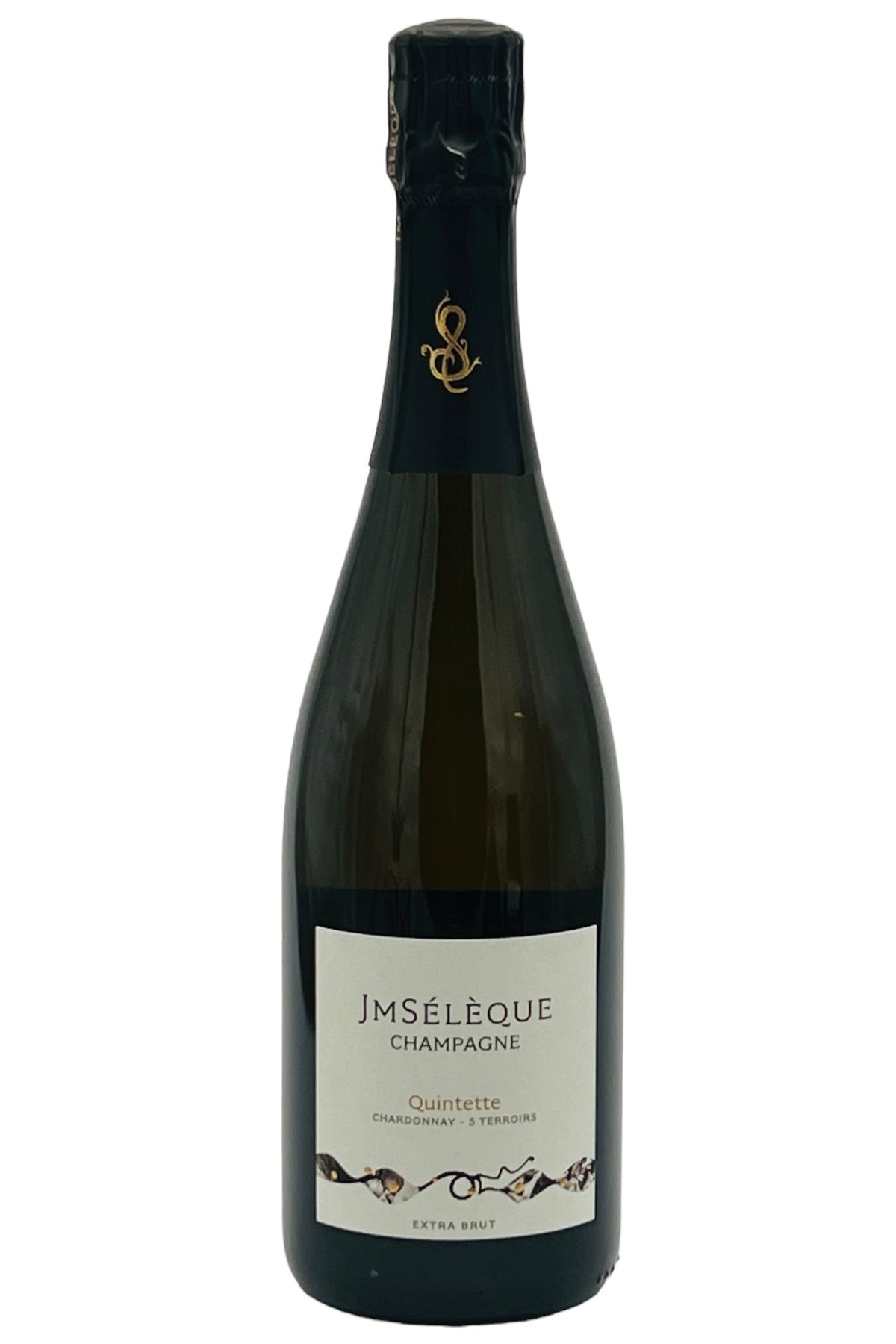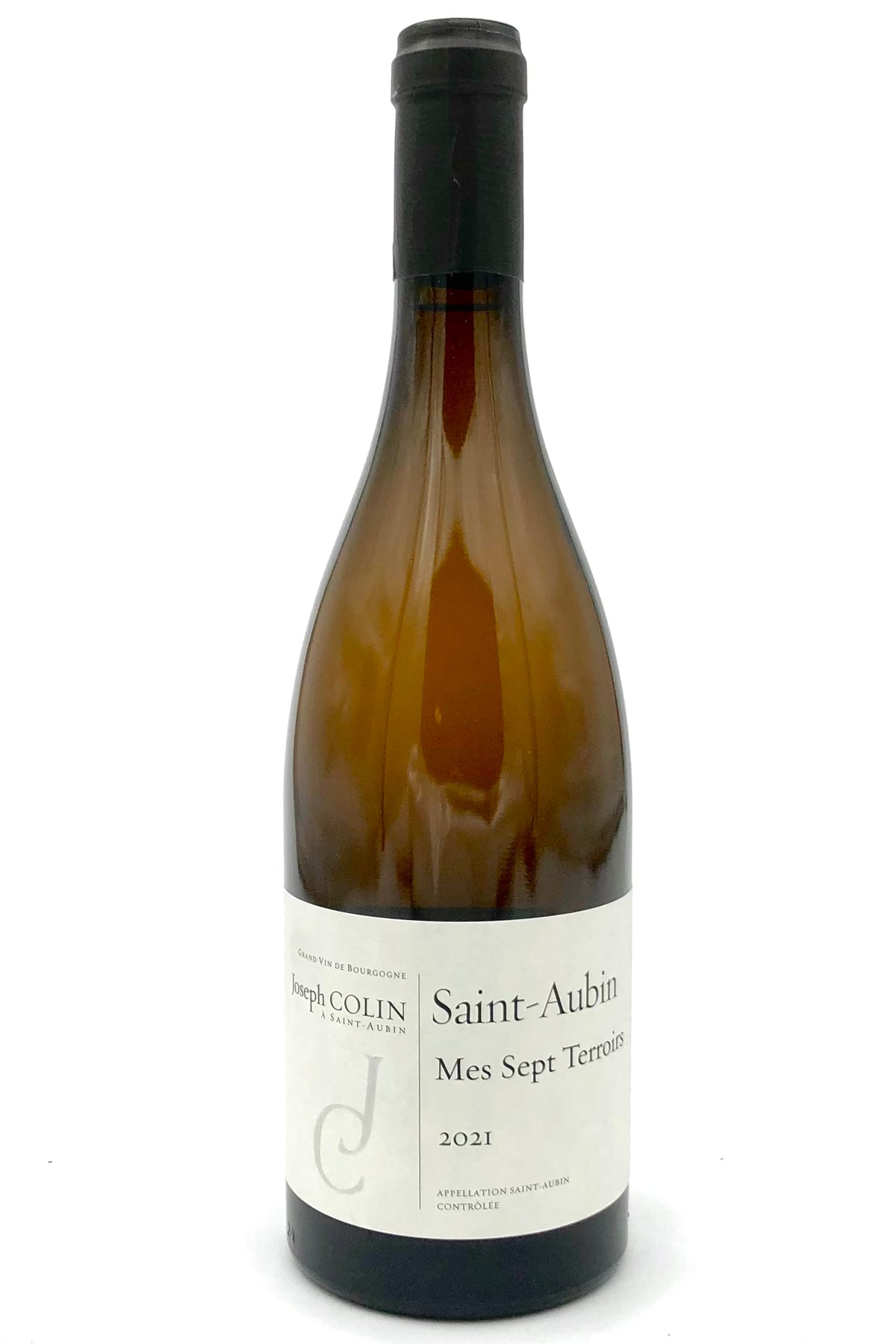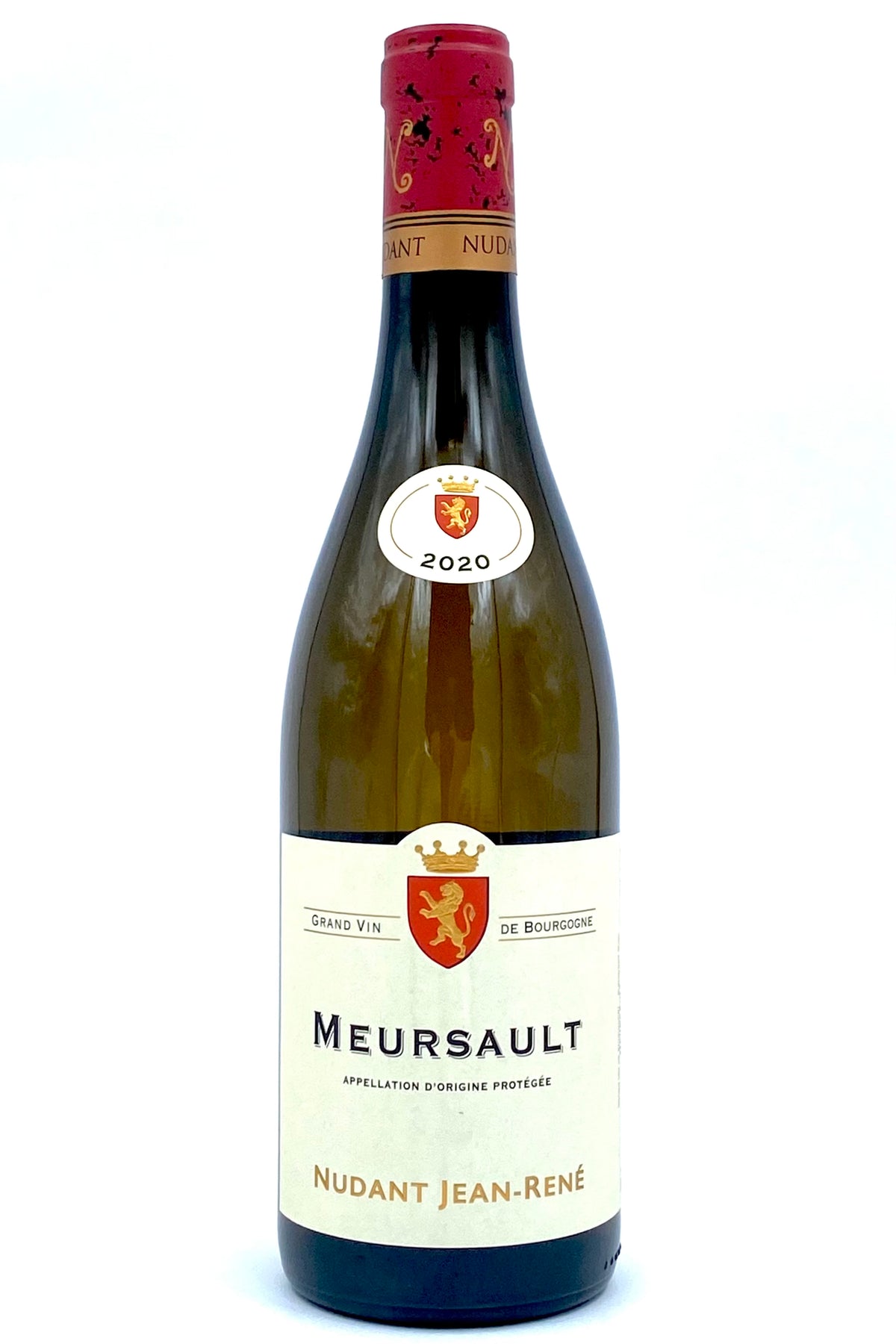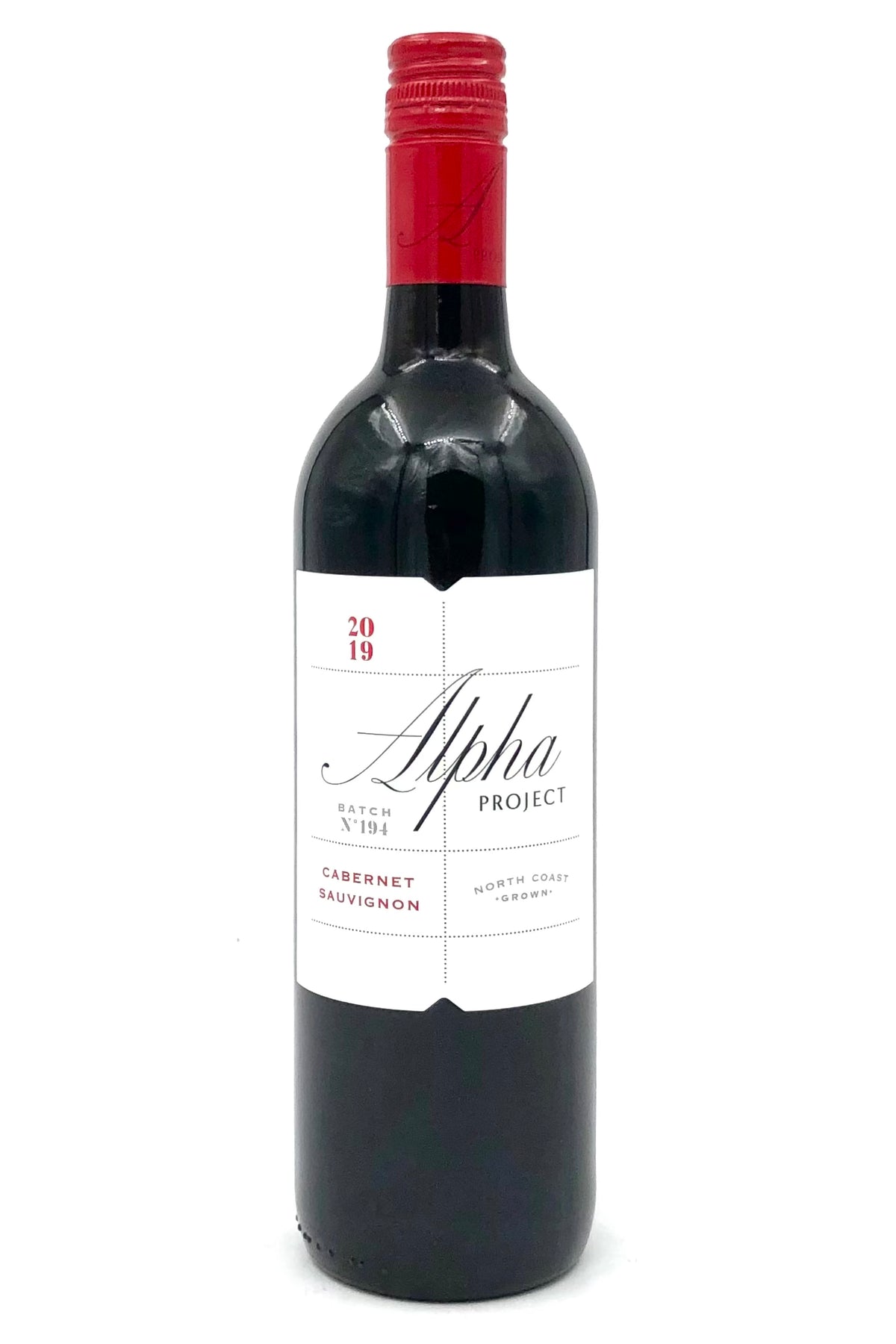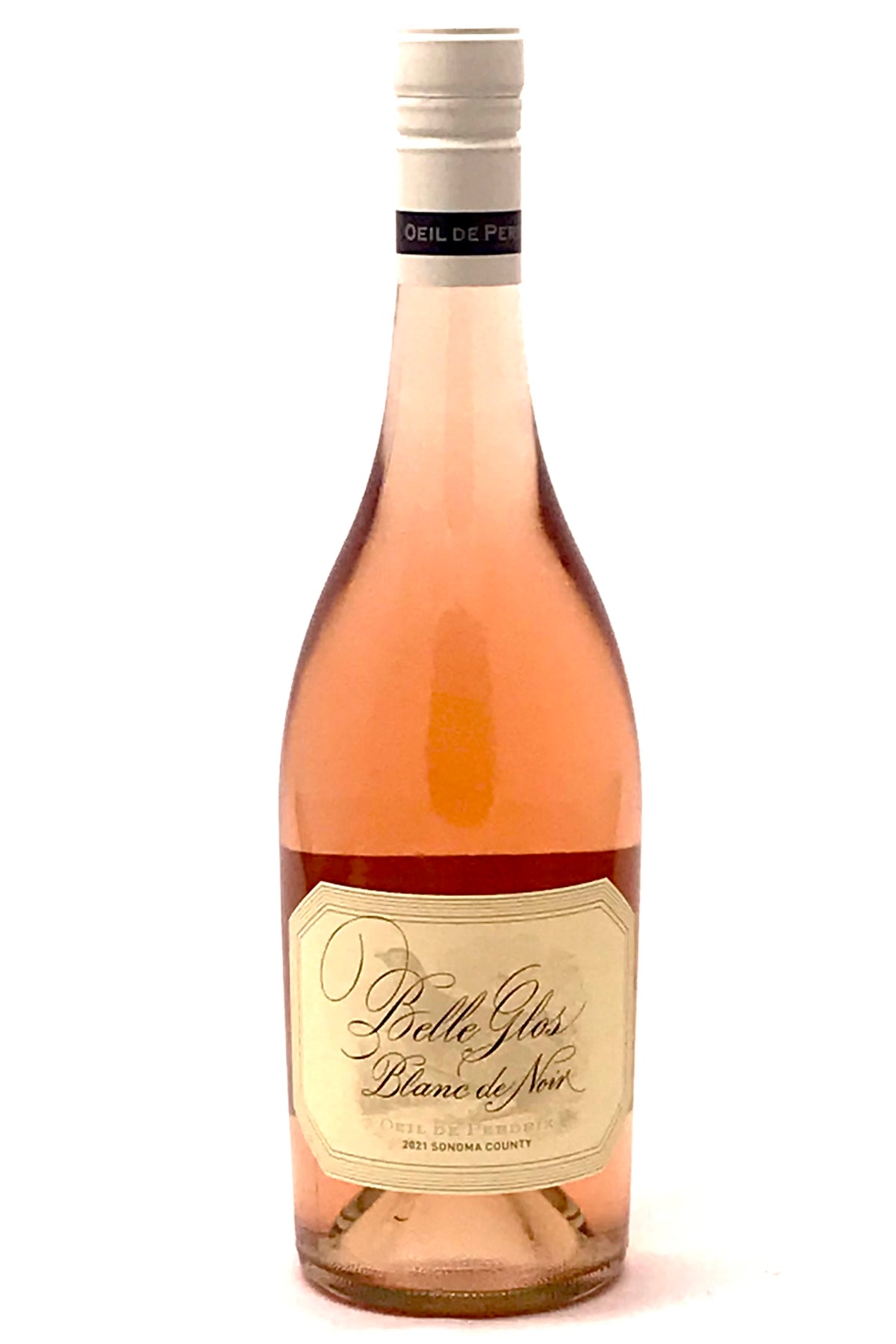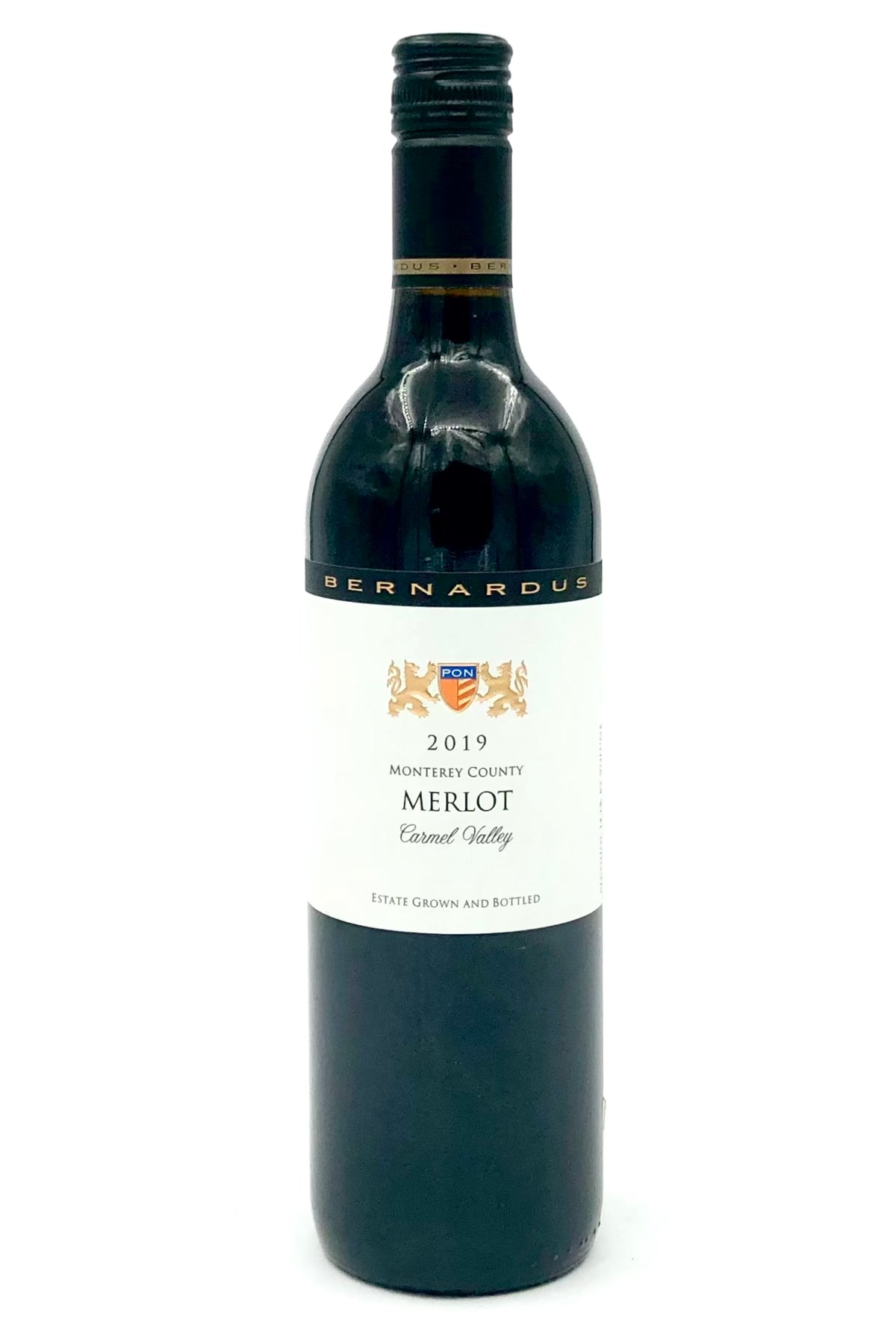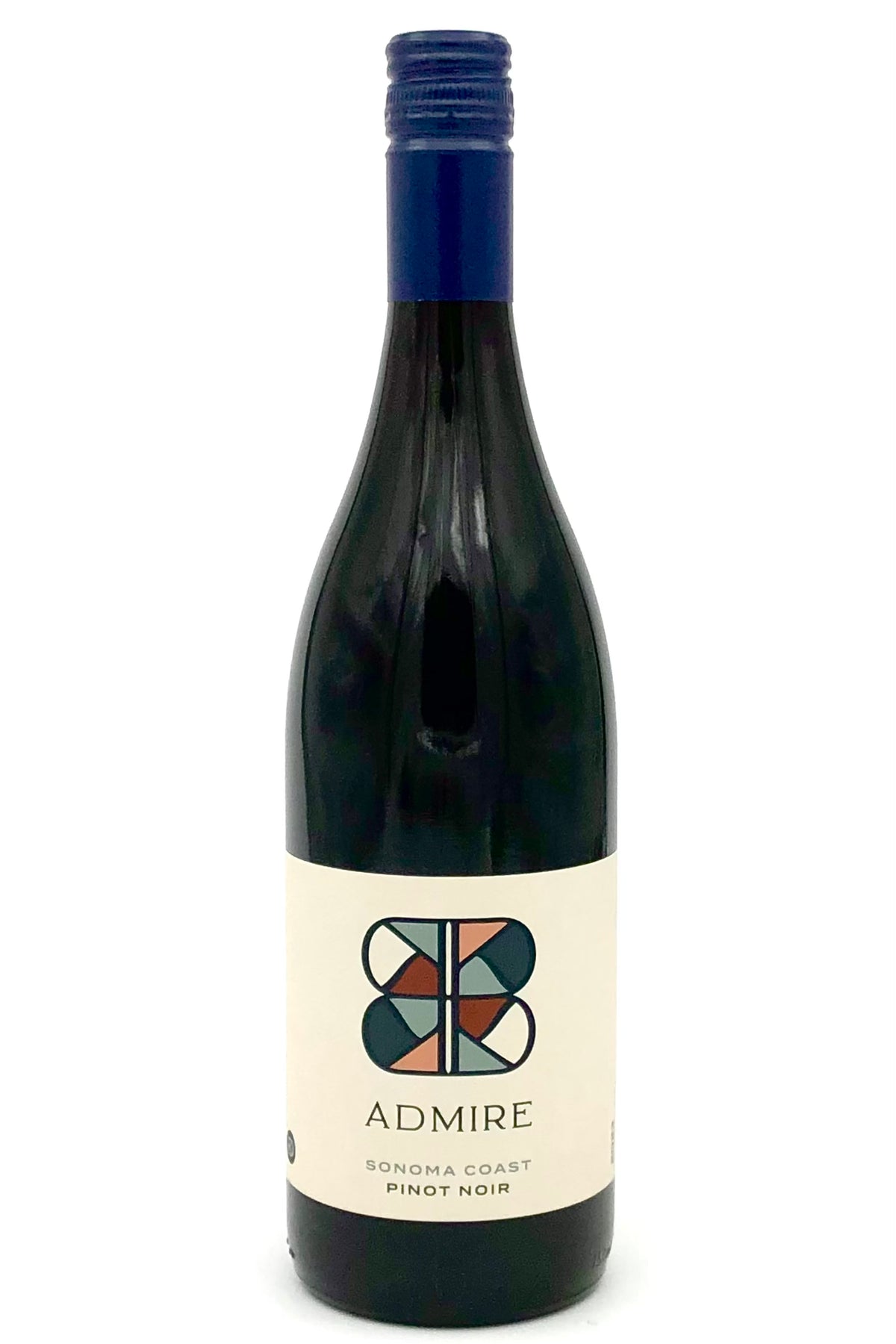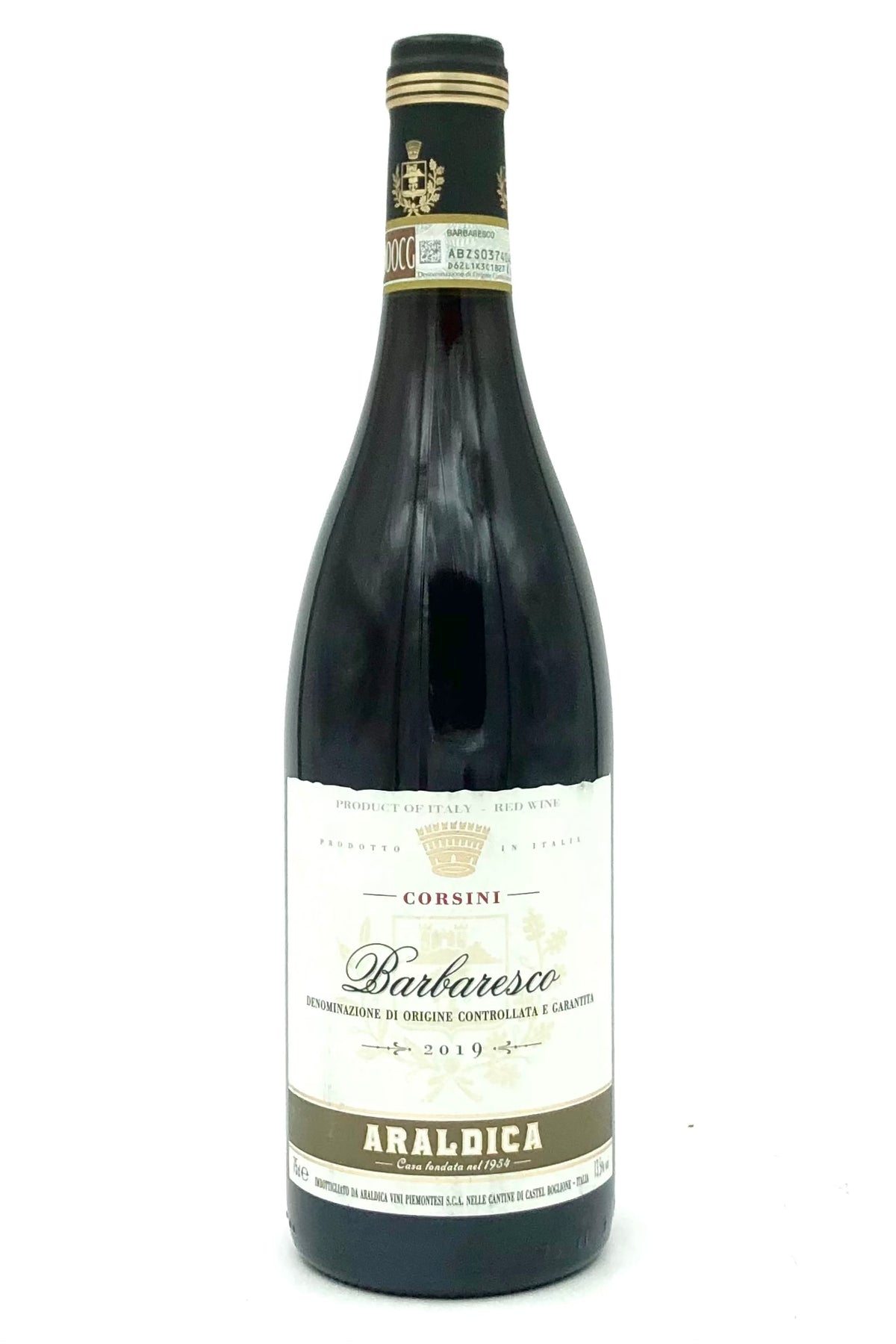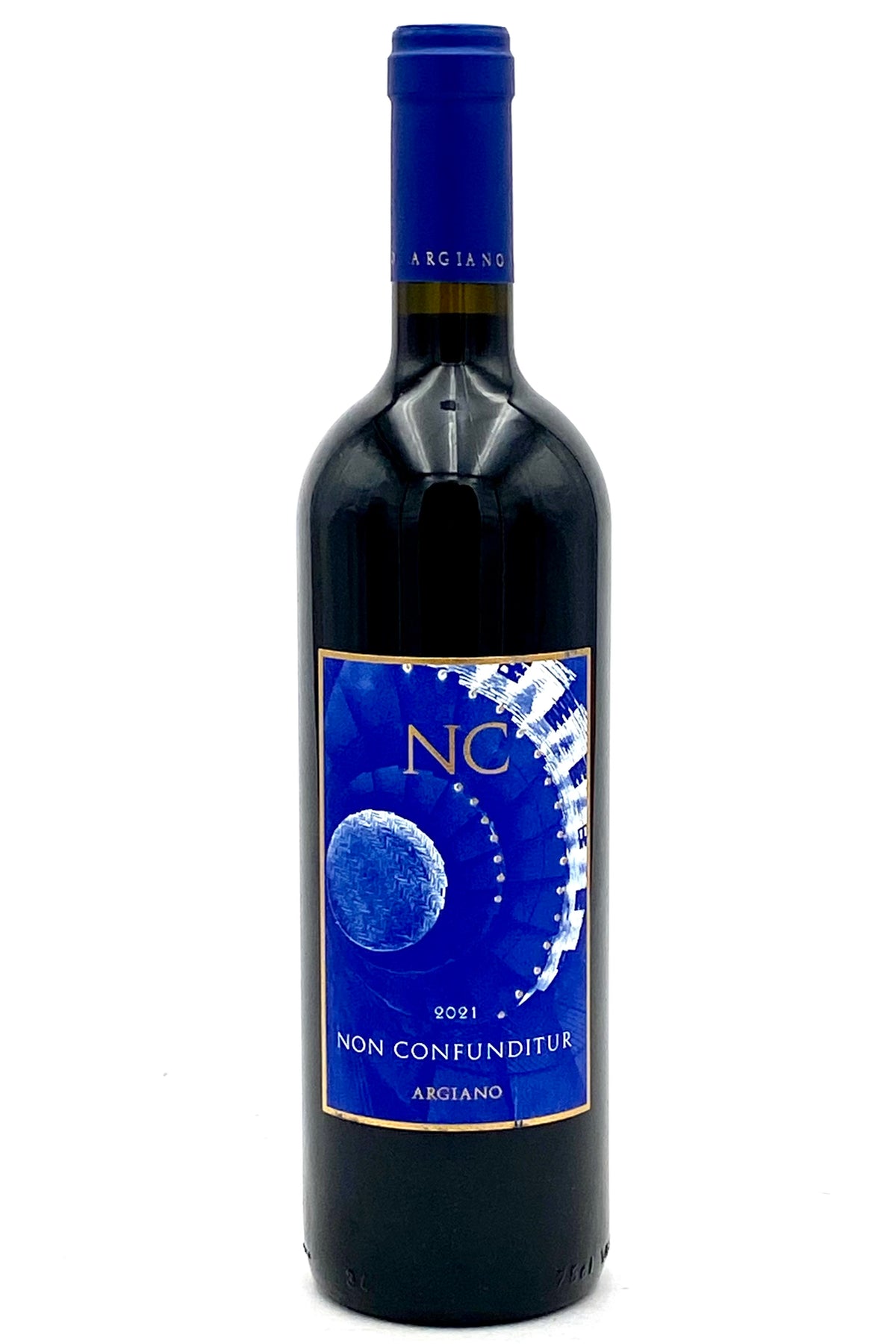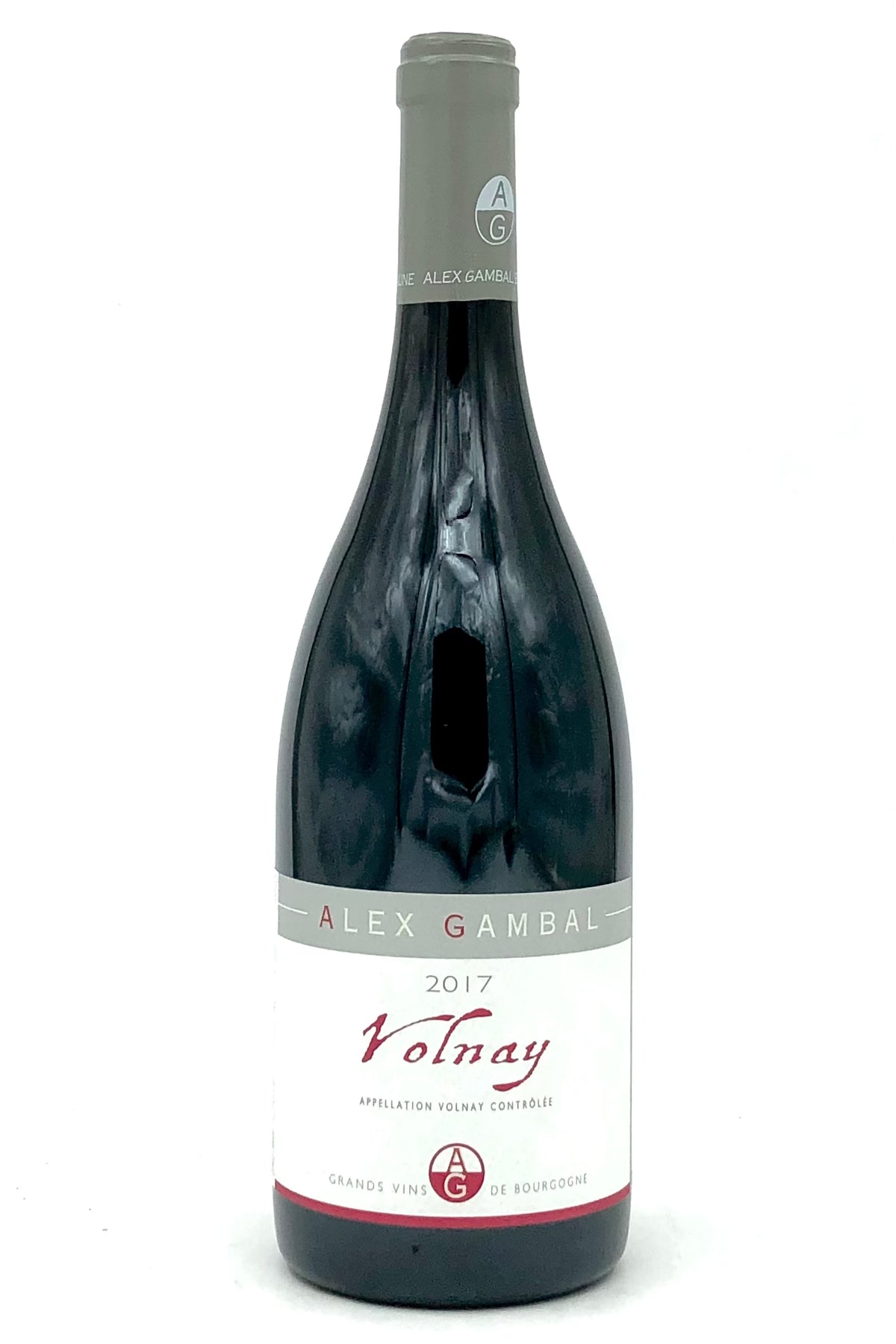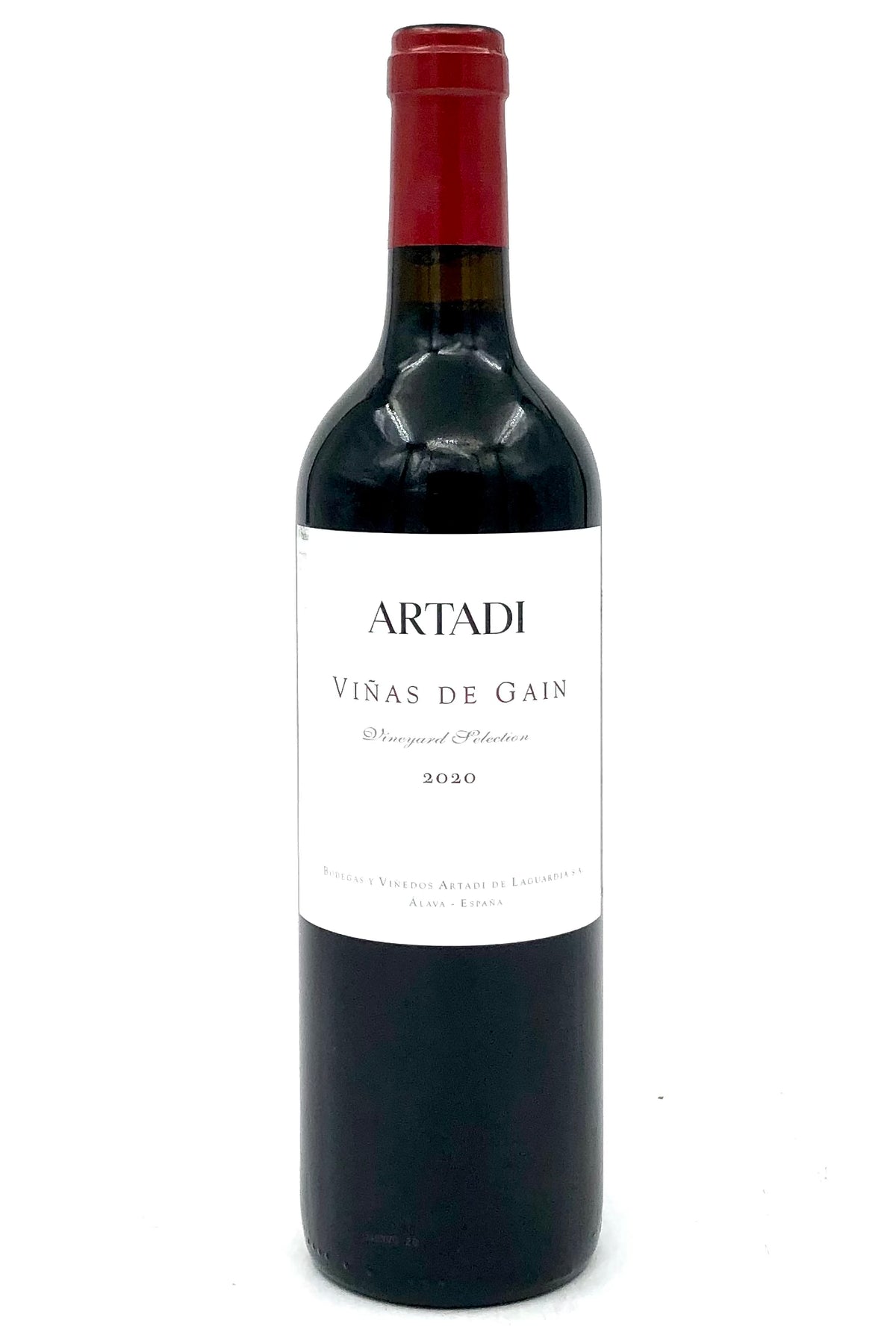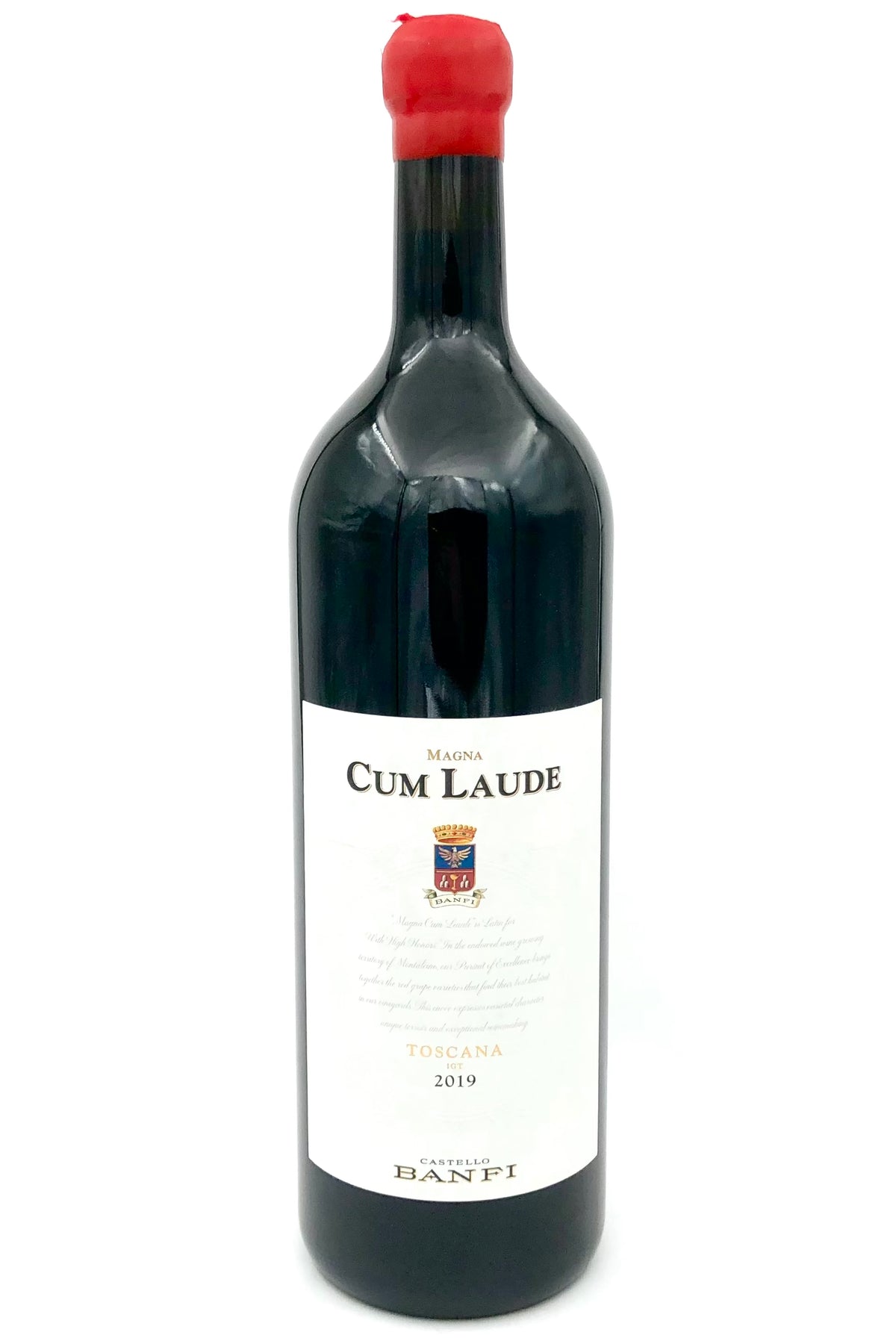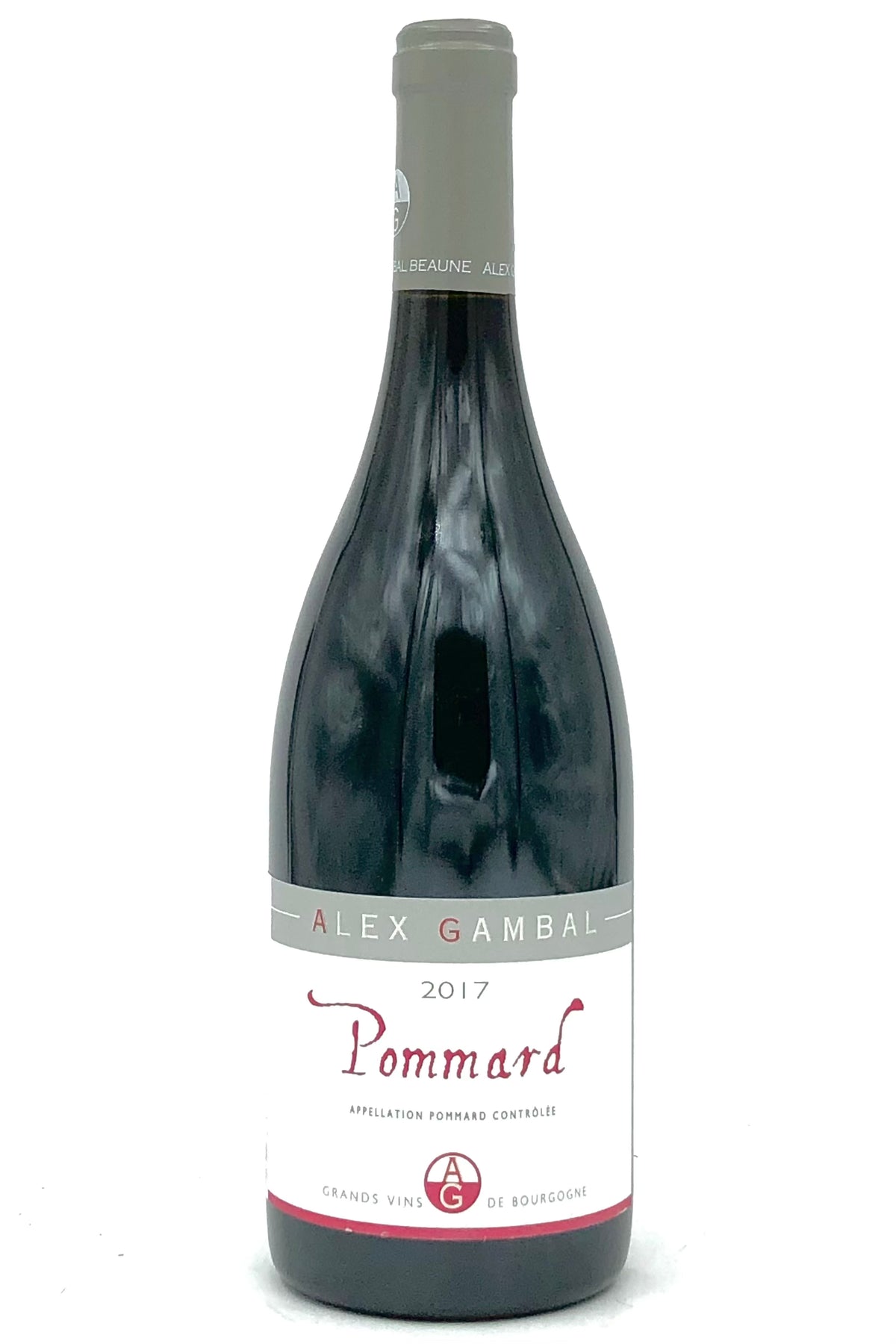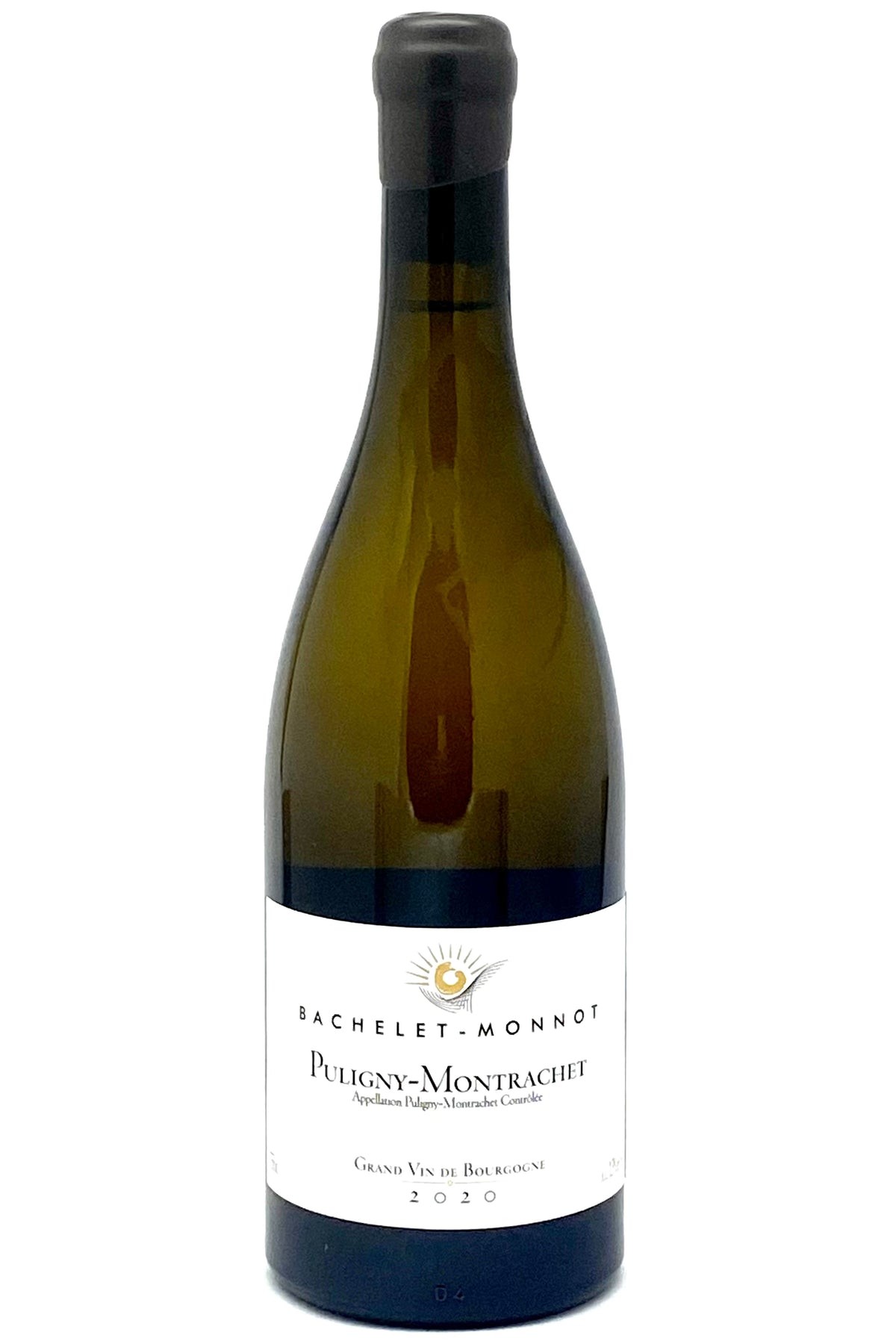JM Sélèque Extra Brut Blanc de Blancs “Quintette” V59
$ 100,00 $ 50,00
Lot 2019, Disgorged October 2022, Dosage 4g/L
Robert Parker 94 Points: “The latest rendition of Sélèque’s NV Extra Brut Blanc de Blancs Quintette is based on the 2019 vintage, complemented by 20% foudre-aged reserve wines drawn from a solera. Offering up aromas of hazelnuts, flowers, crisp pear and almonds, it’s medium to full-bodied, with an ample, fleshy core of fruit and a layered, pillowy profile. Three or four grams of naturally residual sugar obviate the need for dosage.
As I’ve written before, Jean-Marc Sélèque is one of Champagne’s most exciting and dynamic young producers. Based in Pierry in the Coteaux Sud d’Epernay, Sélèque returned to the family domaine in 2008 and immediately stopped the use of herbicides; but he dates his realization that the raw materials for greatness are to be found in agronomy and not in the cellar to 2012. Farming is essentially organic, with some biodynamic practices, with the soils cultivated mechanically (in some instances, by horse) and canopies hedged higher than the average for additional shade and photosynthesis. Winter and intra-row cover crops mitigate erosion and preserve moisture in the soil. In the winery, much of the production is vinified in wood, without fining or filtration, and Sélèque favors native fermentations and doesn’t encourage or discourage malolactic. As his viticultural progress bears dividends, these wines go from strength to strength, and I find myself more and more impressed with every passing release. Now, a large underground and overground extension to his winery means Sélèque has the space and materials to be able to push his projects even further. Pierry enjoyed considerable historical celebrity, and thanks to Sélèque, it seems more than likely to regain it. Everything here comes recommended, and I warmly encourage readers to acquaint themselves with these wines.
One of Champagne’s most exciting and dynamic young producers, Jean-Marc Sélèque is based in Pierry in the Coteaux Sud d’Epernay. He returned to the family domaine in 2008 and immediately stopped the use of herbicides; but he dates his realization that the raw materials for greatness are to be found in agronomy and not in the cellar to 2012. Farming is essentially organic, with some biodynamic practices, with the soils cultivated mechanically (in some instances, by horse) and canopies hedged higher than the average for additional shade and photosynthesis. Winter and intra-row cover crops mitigate erosion and preserve moisture in the soil. In the winery, much of the production is vinified in wood, without fining or filtration, and Sélèque favors native fermentations and doesn’t encourage or discourage malolactic. As his viticultural progress bears dividends, these wines go from strength to strength and I find myself more and more impressed with every passing release. Pierry enjoyed considerable historical celebrity, and thanks to Sélèque, it seems more than likely to regain it. Everything here comes recommended, and I warmly encourage readers to acquaint themselves with these wines.”
Fast Delivery and Professional Packaging
Our long-standing partnership with UPS FedEx DHL and other carriers around the world lets us offer a range of shipping services. Our warehouse employees will pack each item according to our strict requirements. Prior to shipping, your goods are carefully examined and securely secured. We ship to thousands of customers each day across different countries. This is a testament to our commitment to be the biggest online retailer in the world. Warehouses and distribution centers are located throughout Europe as well as in the USA.
Orders with more than 1 item are assigned processing periods for each item.
Before shipping, all ordered items will be thoroughly examined. Currently, most orders are shipped within 48 hours. Delivery time ranges between 3-7 days.
Returns
The stock is constantly changing. It's not completely managed by us, as we're involved with several organizations, such as the factory and the storage. So the actual stock may alter at any time. Please be aware it's possible your order could run out of stocks once you've placed your order.
The policy is 30 days. If 30 days have gone without a trace since the purchase, unfortunately we can't offer an exchange or refund.
The item should not be in use and must be in the original packaging. The item should be returned in its original packaging.
